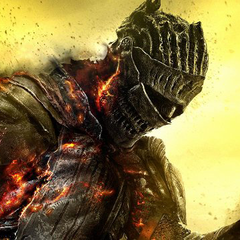NAS + Render Farm
-
Topics
-
1
-
0
-
0
-
Vibes NoVibes ·
Posted in Troubleshooting1 -
5
-
0
-
0
-
9
-
kim921 ·
Posted in Build Logs4 -
Dalynx ·
Posted in Storage Devices0
-
-
play_circle_filled

Latest From Linus Tech Tips:
Why Do Youtubers Keep Destroying Companies - WAN Show April 19, 2024

















Create an account or sign in to comment
You need to be a member in order to leave a comment
Create an account
Sign up for a new account in our community. It's easy!
Register a new accountSign in
Already have an account? Sign in here.
Sign In Now